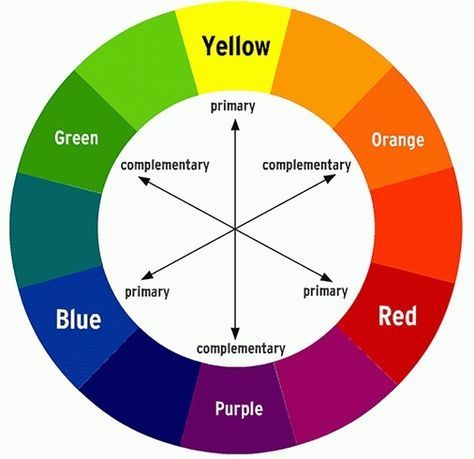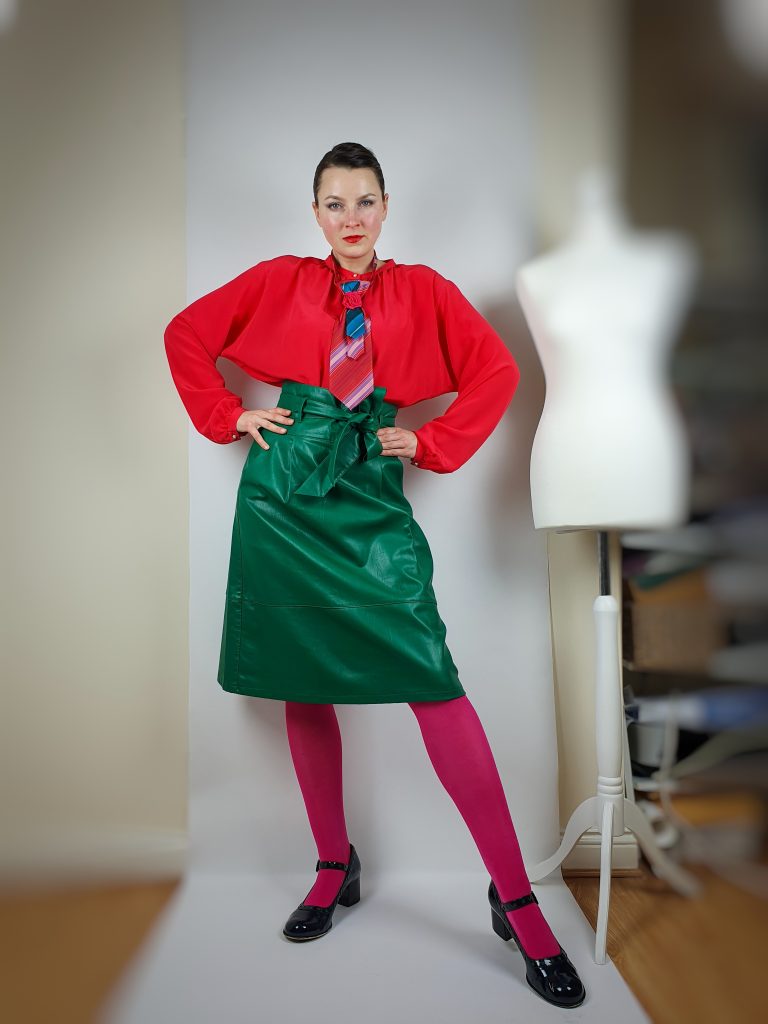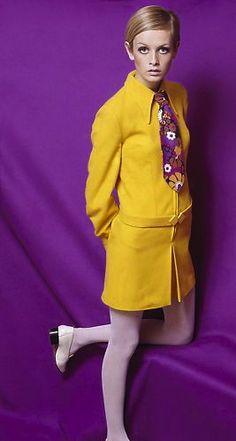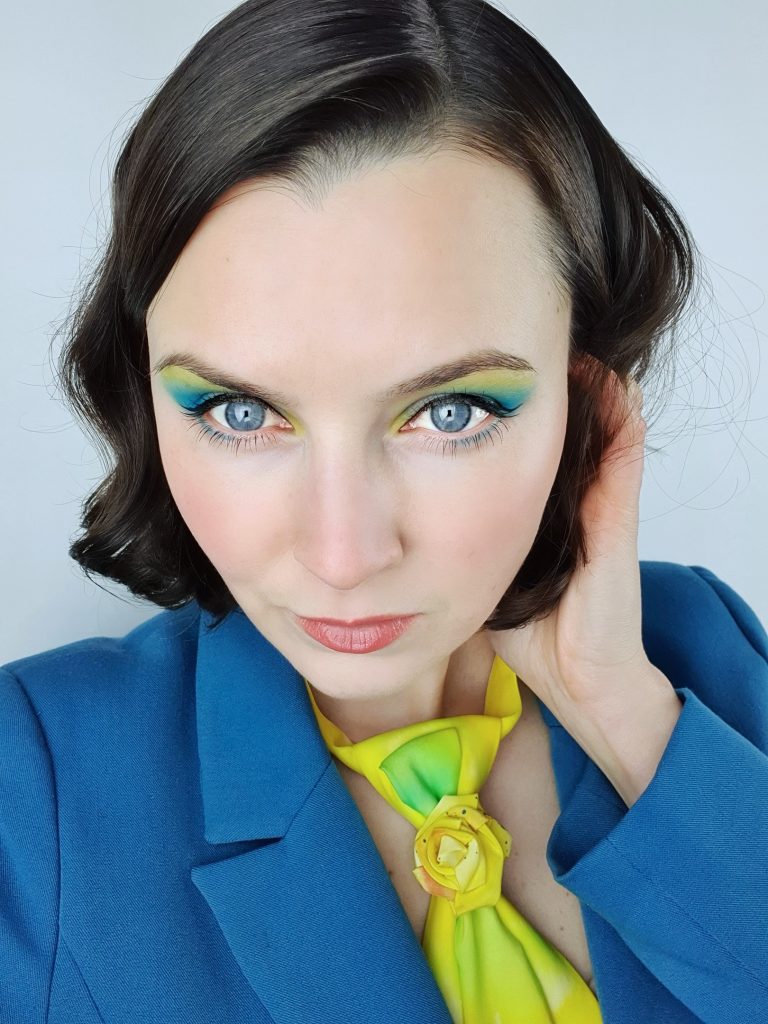If you love playing with colours and want to create memorable clothing ensembles, you have to remember complementary colour matching method. It will help you to feel more confident in creating eye catching outfits. It is very simple technique and once you know the main principles – choosing the right colours gets really easy.
What are the complementary colours?
Complementary colours is my favourite colour matching method, which always makes you stand out. You probably heard about the colour wheel and that there are three primary colours: red, blue and yellow. For general knowledge is also good to know that secondary colours are formed by mixing primary colours and tertiary colours by mixing primary with secondary colours. In simple words, complementary colours are the opposite colours on the colour wheel, such as: yellow and purple, blue and orange, red and green. You can be sure that if you’ll pair a yellow dress with a purple jacket or blue skirt with an orange shirt, you’ll get a really striking combo. Pay attention that red and blue or green and purple are not complementary colours, but they really look great together, so think about colour theory as a guidebook for how colours interact with each other and remember that slight deviations can create beautiful colour combinations.

Red and green not only for Christmas
Red and green complementary colour combination is associated with Christmas, but let’s have a look at this pair differently. Did you know that “Gucci” founder Guccio Gucci was inspired by Italian horse saddle detail to create the iconic red and green woven stripe? If you love these colours together, but you don’t want to look Christmassy, avoid wearing them in primary colours and choose darker shade or really vibrant reds and greens.

Purple and yellow
Another striking complementary colour combination is purple and yellow. In fact, purple was one of the most fashionable and versatile colours of the Victorian Era. The variety of purple colour hues became available with the invention of aniline dyes in the middle of the 19th century. Do you remember the famous portrait of the model Twiggy wearing a fashionable yellow collared outfit with a multicoloured floral tie posing against a brightly coloured purple backdrop? Whereas singer Harry Styles made a statement of genderless fashion by dressing up in a yellow three-piece suit and purple bow from Marc Jacobs womenswear collection at Brit awards last February. There’s no doubt that purple and yellow colours together will catch attention, so enjoy wearing them and if you’re not into vibrant colours, simply go pastel.


Enjoy playing with colours
In the previous paragraphs, I mainly spoke about making complementary colour combinations from primary colours, but let’s have a look at the other hues on the colour wheel. You can pair yellow-green with red-violet, blue-green with red-orange or blue-violet with yellow-orange. If you’re a beginner, I strongly recommend installing the colour wheel app on your phone or even printing it and sticking it on the door of your clothing cabinet. It will help you to make colour matching decisions faster and the process will become really interesting. Enjoy playing with colours, try to feel if your chosen colour combination right or wrong. As I said, colour theory is just guidance, but knowing the main rules makes you more confident.


